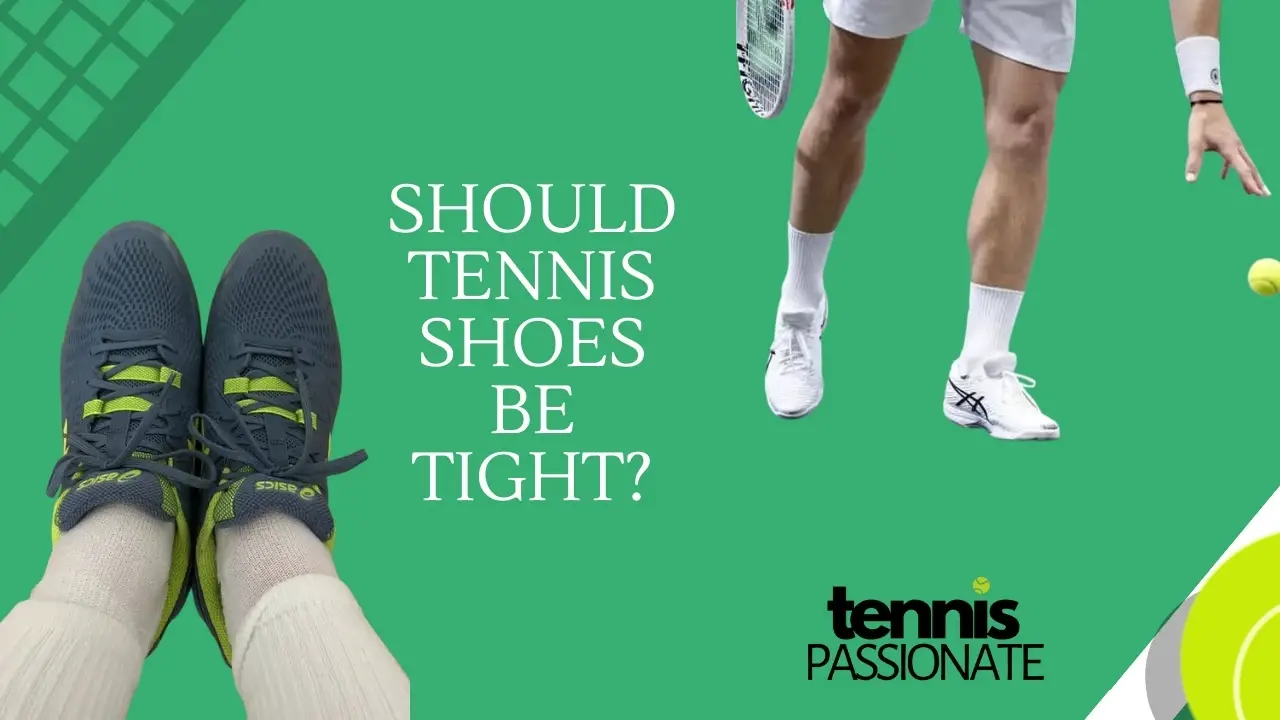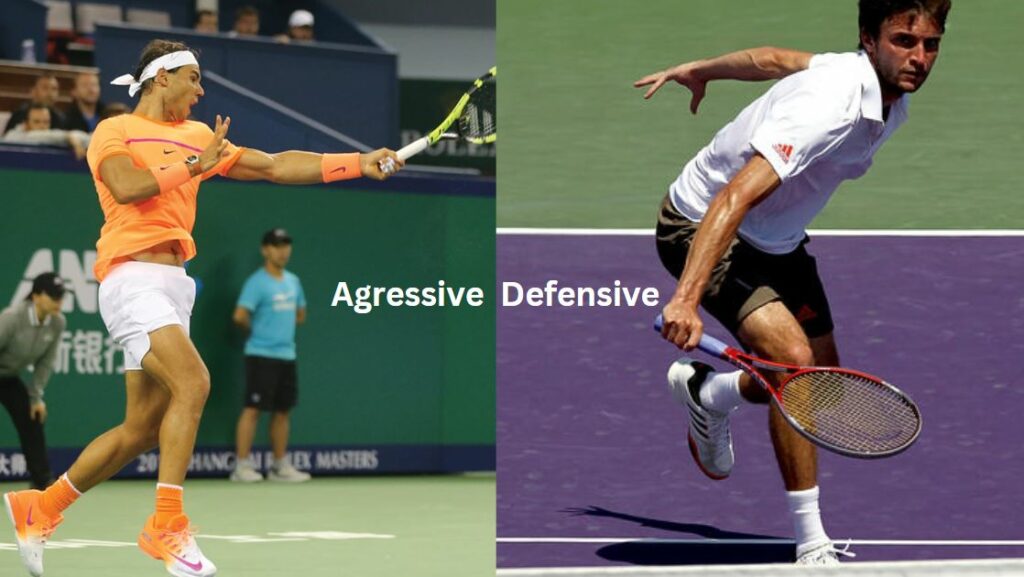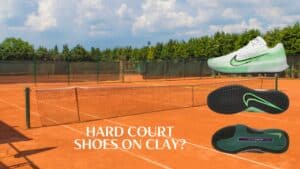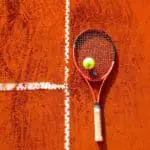
Are Tennis Shoes Supposed To Be Tight?
When it comes to choosing tennis shoes, the right fit is crucial for optimal comfort and performance, but should tennis shoes be tight or have a more relaxed fit?
Finding the right balance between a snug fit and comfort is essential. A shoe that is too tight can cause discomfort and restrict movement, while a loose fit may lead to blisters and instability during the abrupt lateral movements of tennis.
Wearing the correct size ensures proper support for your feet, reducing the risk of injury and enhancing overall performance on the court.
What Factors Should Be Considered When Buying Tennis Shoes?
Several crucial factors should be taken into account when purchasing tennis shoes.
Foot Type

Understanding your foot type is essential when selecting tennis shoes, as it directly impacts the comfort level and support required, whether you have a high arch or a flat foot.
- individuals with high arches may require shoes with extra cushioning to absorb shock and reduce pressure on the heels and balls of the feet.
- Those with flat feet may benefit from tennis shoes featuring added arch support for stability.
Playing Style

Your playing style dictates the type of support and cushioning needed in tennis shoes, ensuring optimal movement and impact protection based on your specific style of play.
For players with an aggressive playing style characterized by powerful strokes and quick directional changes, sturdy outsoles and reinforced toe caps are essential.
On the other hand, those with a defensive style focused on consistent baseline play may prioritize cushioning and stability to enhance lateral movements.
Court Surface

The court surface plays a significant role in the choice of tennis shoes, with considerations for grip, traction, and durability tailored to either outdoor or indoor playing environments.
Each surface in tennis requires a different type of outsole and also a different level of cushioning, sturdiness, and support.
Playing on hard courts for example demands lots of support, torsional stability, and cushioning while playing on clay requires stability, comfort, energy return and breathability.
We have an article for each type:
Should Tennis Shoes Be Tight Or Loose?
The debate between tight and loose tennis shoes revolves around finding the right balance of fit to avoid discomfort and potential injury.
The tightness of tennis shoes can impact performance on the court.
- A snug fit provides stability and support, crucial for quick lateral movements. Excessively tight shoes can lead to discomfort and restrict blood flow, potentially causing injury.
- On the other hand, excessively loose shoes may result in blisters and a lack of stability. Considering a sizing chart and making fitting adjustments is essential for finding the optimal balance between snugness and comfort in tennis shoes.

Fit Around The Heel
A well-fitted heel prevents the foot from sliding around inside the shoe, reducing the risk of friction and potential injuries.
The heel counter, the part of the shoe that wraps around the heel, should provide a secure hold without being too tight.
Toe Box Room
When considering the sizing aspect, it’s essential to note that different brands and models may vary in their toe box dimensions.
Hence, trying on tennis shoes becomes imperative to gauge the actual fit, especially if you require extra padding for added support or have wider feet.
Arch Support
Proper arch support in tennis shoes is essential for maintaining foot alignment and addressing specific foot shapes, providing necessary stability and comfort, especially for players with high arches or pronation concerns.
This supportive feature plays a crucial role in distributing the body weight evenly across the foot, reducing strain on the arch and minimizing the risk of injuries.
What Happens If Tennis Shoes Are Too Tight?

Wearing tennis shoes that are too tight can lead to discomfort, pressure, and potential pain, while also increasing the risk of injury due to restricted movement and foot strain.
The constant pressure on the toes and sides of the foot from tight shoes can cause discomfort and even lead to conditions like bunions, corns, and calluses.
The lack of sufficient room for natural movement can also result in increased strain on the tendons, ligaments, and muscles of the feet, making them more vulnerable to injuries such as strains, sprains, and stress fractures.
How To Properly Fit Tennis Shoes?
Achieving a proper fit for tennis shoes involves accurate measurements, trying on multiple sizes, and considering adjustments such as sizing up or down, while also encompassing essential shoe care practices.
Start by measuring your feet at the end of the day when they’re at their largest. Use a ruler or measuring tape to determine the length and width of each foot.
When trying on shoes, wear the same type of socks you would use for playing tennis.

You might also consider half a size or a size up to allow room for swollen feet during heavy tennis.
Frequently Asked Questions
How can I tell if my tennis shoes are too tight?
If your toes feel cramped or your feet are experiencing pain or discomfort while wearing your tennis shoes, they are likely too tight.
Should I size up or down for tennis shoes?
It is recommended to size up for tennis shoes if you are in between sizes, as it is better to have slightly more room than to have them too tight. I personally wear tennis playing shoes one size more than sneakers.
Are there any benefits to wearing tight tennis shoes?
No, there are no benefits to wearing tight tennis shoes. In fact, it can be harmful to your feet and overall performance on the court.








